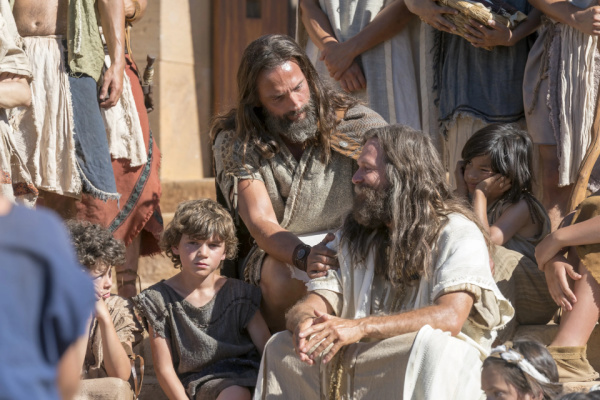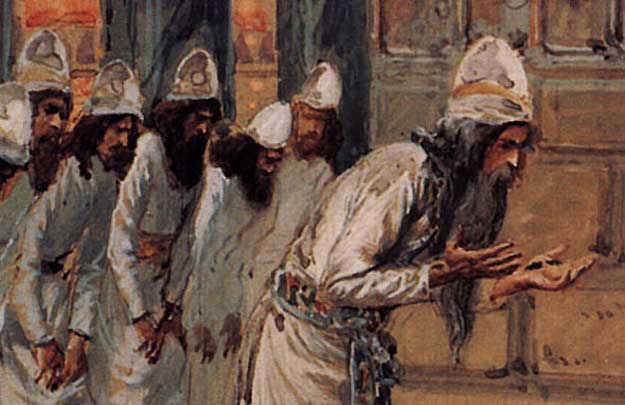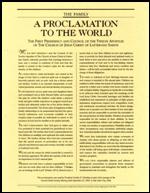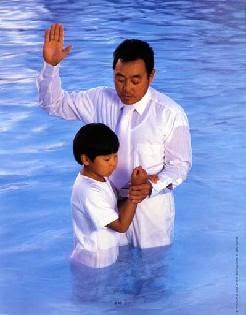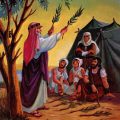Question
Gramps,
Since Nephi wasn’t a Son of Levi, where did he get the authority to work or teach in the temple built in the Americas?
Linda
Answer
Linda,
The question of Nephi’s authority to work and teach in the temple he constructed in the Americas, despite not being a Son of Levi, is a significant topic in understanding the priesthood and temple practices among the Nephites. Nephi’s establishment of a temple, akin to Solomon’s temple, represents not only a religious act but also a profound assertion of his leadership and divine calling.
Nephi embarked on the construction of a temple after the manner of Solomon’s temple, as stated in 2 Nephi 5:16. This action reflects ancient Near Eastern customs where kings often built temples to legitimize their rule (Lundquist, 1988). Nephi’s authority to act in this capacity was not derived from a Levitical lineage, as he was not a descendant of Levi. Instead, Nephi was ordained to fulfill a priestly role by his father, Lehi, who held the higher priesthood after the order of Melchizedek. This priesthood was conferred upon Nephi, establishing him as a ruler and priest among his people (1 Nephi 5:6; 2 Nephi 5:26).
The significance of Nephi’s actions is underscored by the understanding that the Nephites did not operate under the authority of the Aaronic Priesthood, which was traditionally given to the descendants of Aaron. President Joseph Fielding Smith emphasized this point, stating, “The Nephites did not officiate under the authority of the Aaronic Priesthood. They were not descendants of Aaron, and there were no Levites among them” (Smith, 1956). Rather, Nephi and his followers were part of a higher priesthood that allowed them to perform sacred ordinances, reflecting their unique covenant with God.
Nephi’s authority was not merely theoretical; it manifested in tangible actions that shaped the religious structure of his community. In 2 Nephi 5:26, Nephi consecrated his younger brothers, Jacob and Joseph, to be priests and teachers. This act established a priesthood structure that was crucial for the functioning of Nephite society. By ordaining his brothers, Nephi created a religious hierarchy that extended beyond the limitations of Levitical lineage, demonstrating that priesthood authority could transcend traditional boundaries when divinely appointed.
The Book of Mormon emphasizes that Nephi and his successors operated under the authority of the priesthood of God, which allowed them to perform sacred ordinances (Alma 4:20; Jacob 1:17). Their priesthood was linked to their leadership roles, reinforcing the connection between governance and divine authority in Nephite culture. This intertwining of spiritual and temporal leadership was characteristic of ancient traditions, where rulers often served as both kings and priests.
The establishment of the temple was critical for forming a covenant community among the Nephites. Within this framework, laws and covenants were made in the presence of God, reflecting ancient practices where legal and religious authority were intertwined. John Lundquist notes that the temple served not only as a site of worship but also as a political institution, where Nephi could issue laws and govern his people (Lundquist, John M. (1988). Temple, Covenant, and Law in the Ancient Near East and in the Old Testament. In Israel’s Apostasy and Restoration. Baker Book House. 8).
In Nephite society, the temple was a focal point for worship, governance, and the administration of ordinances. Nephi’s construction of the temple signified the establishment of a sacred space that legitimized his rule as king and high priest (2 Nephi 5:16-18). The temple thus became a center for community identity, where the Nephites could gather to worship, receive instruction, and reaffirm their covenants with God.
The Book of Mormon provides ample evidence of Nephi’s legitimacy and authority as a priest and leader. In 2 Nephi 5:19, Nephi emphasizes that he was chosen by God to lead His people, further solidifying his divine authority. Scholars argue that Nephi’s actions in establishing the temple and ordaining priests were divinely sanctioned and aligned with ancient practices of temple building and priesthood authority (Roberts, B. H. (1909). New Witnesses for God).
Moreover, Jacob, Nephi’s brother, refers to being ordained “after the manner of his holy order,” highlighting the distinctiveness of their priestly authority, which was rooted in divine appointment rather than earthly lineage (Jacob 1:17). This scriptural evidence underscores the principle that priesthood authority in the Nephite community was recognized as legitimate and divinely ordained.
Nephi’s authority to teach and work in the temple was firmly established through his direct appointment by God, conferred through his father Lehi, who held the Melchizedek Priesthood. His actions in constructing the temple and ordaining priests were pivotal in forming a covenant community that reflected divine will and ancient customs. The temple served as more than just a place of worship; it was a cornerstone of Nephite society, merging spiritual and political authority in a manner consistent with ancient practices.
In contemplating Nephi’s role and authority, we gain a deeper understanding of the Nephite religious landscape. Nephi’s leadership exemplifies how divine calling can transcend traditional boundaries, establishing a framework for worship and governance that resonates with the teachings of The Church of Jesus Christ of Latter-day Saints today.
Gramps

